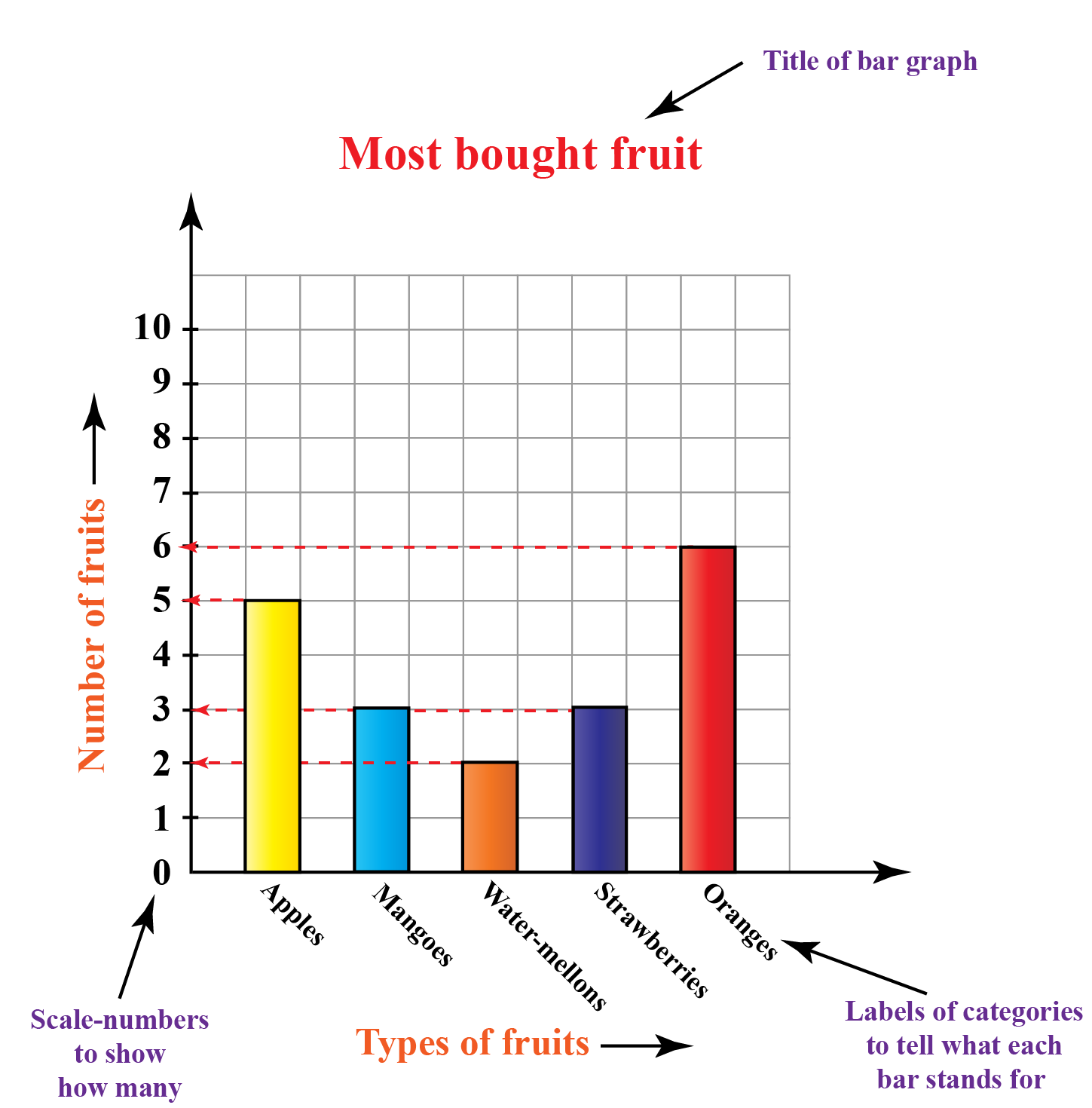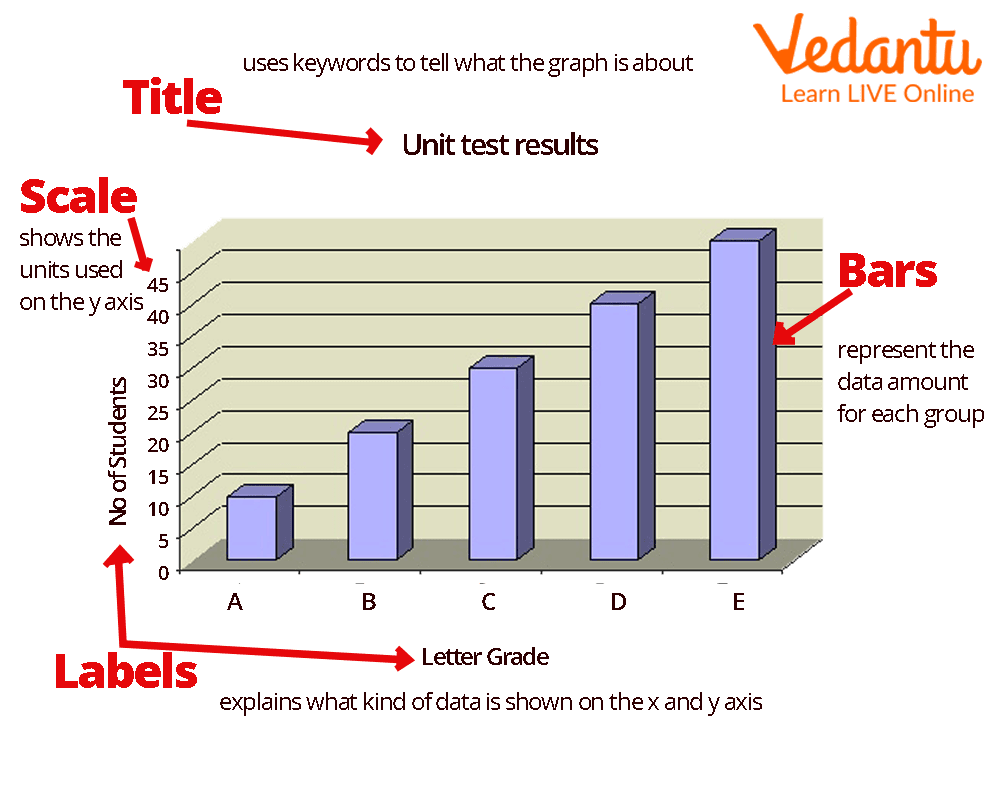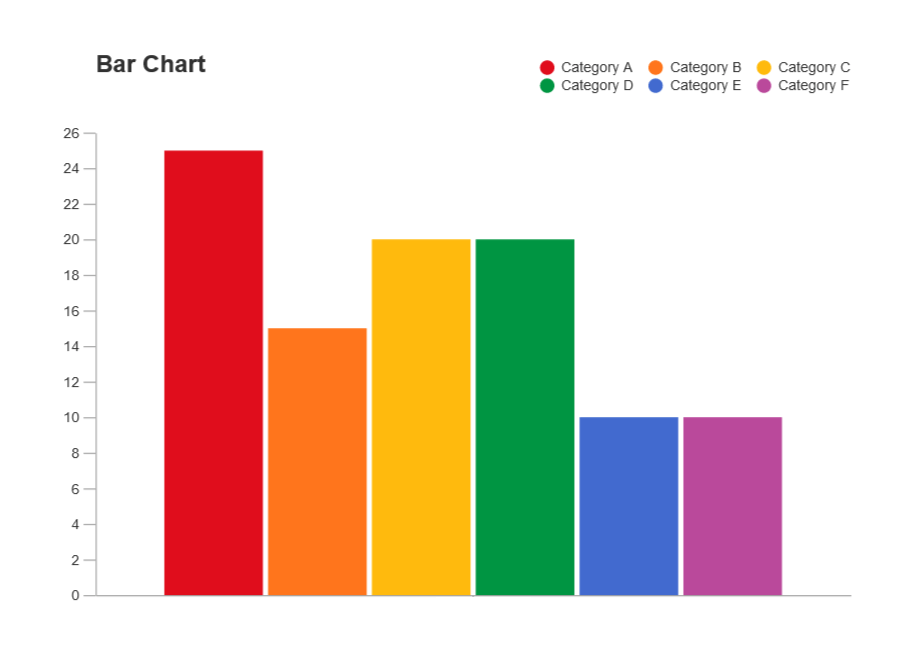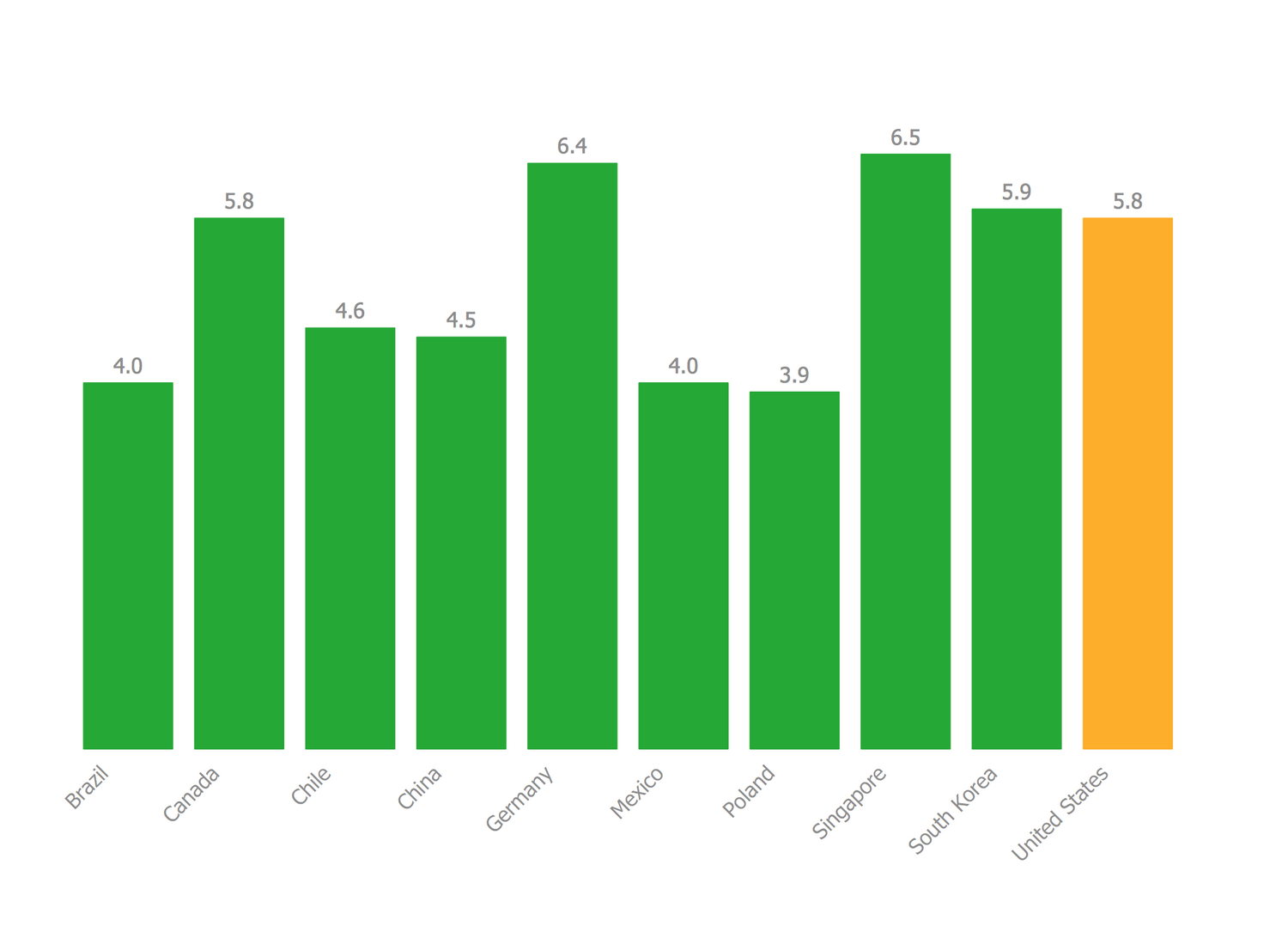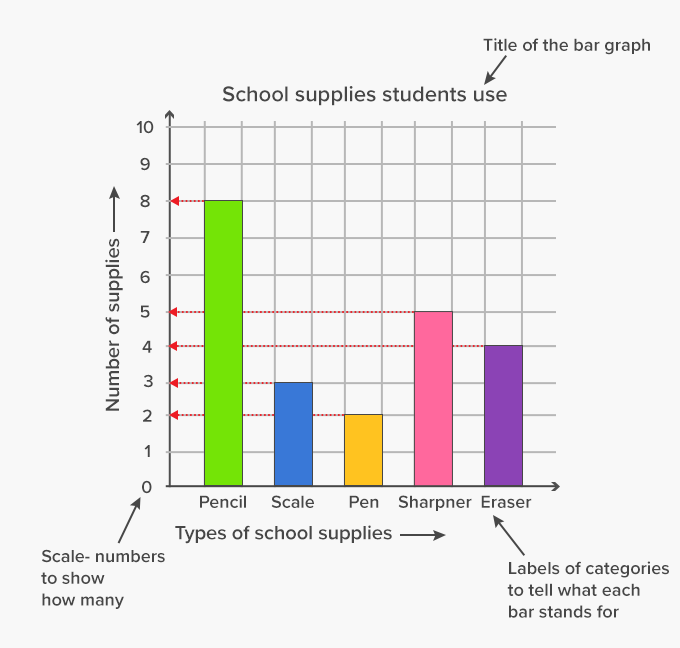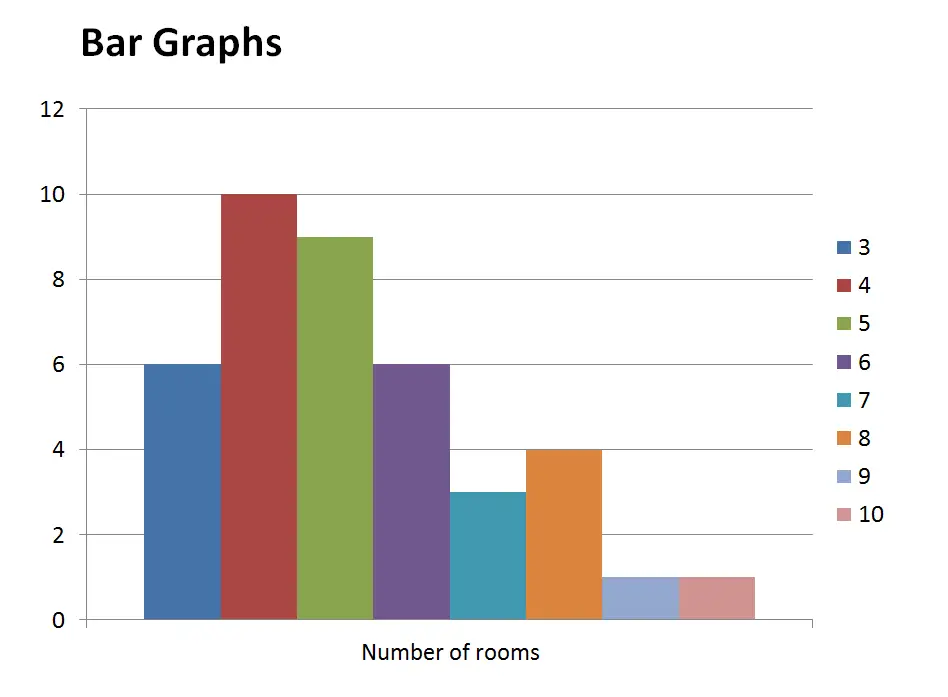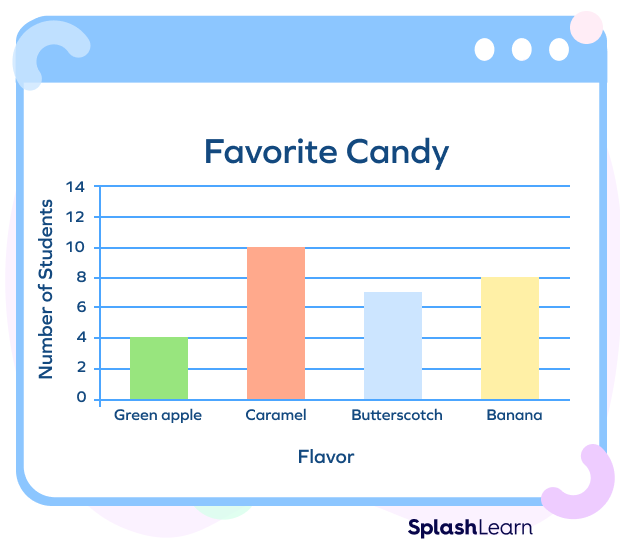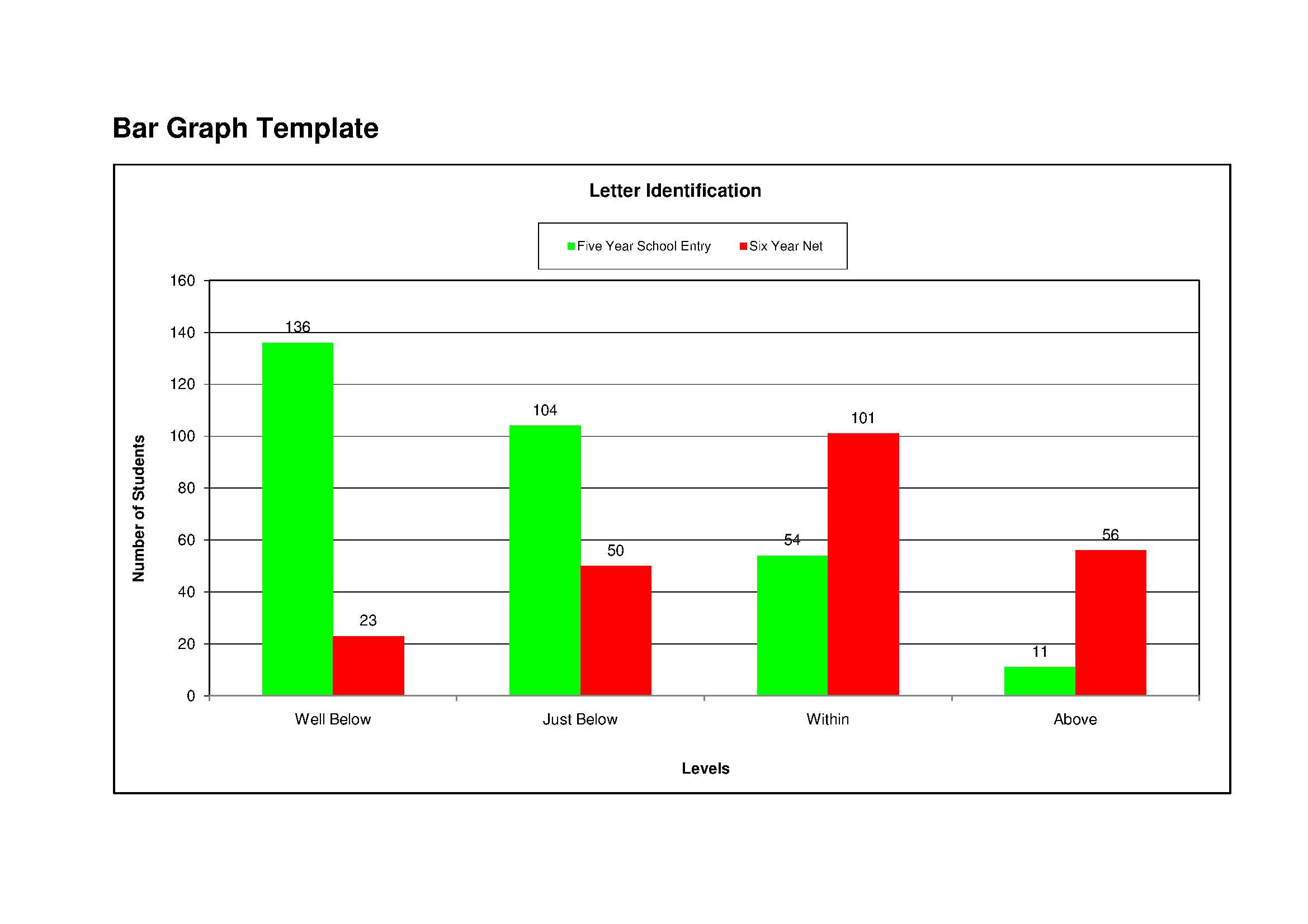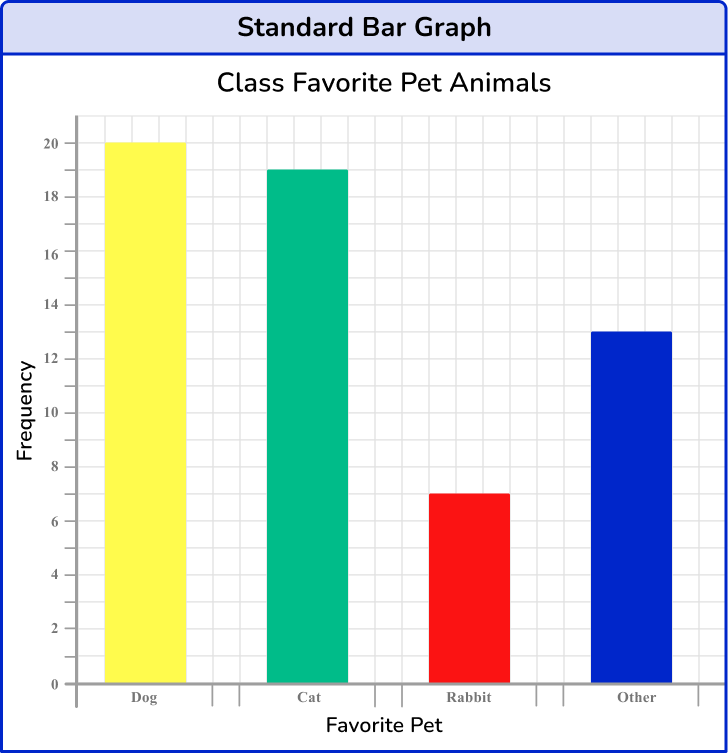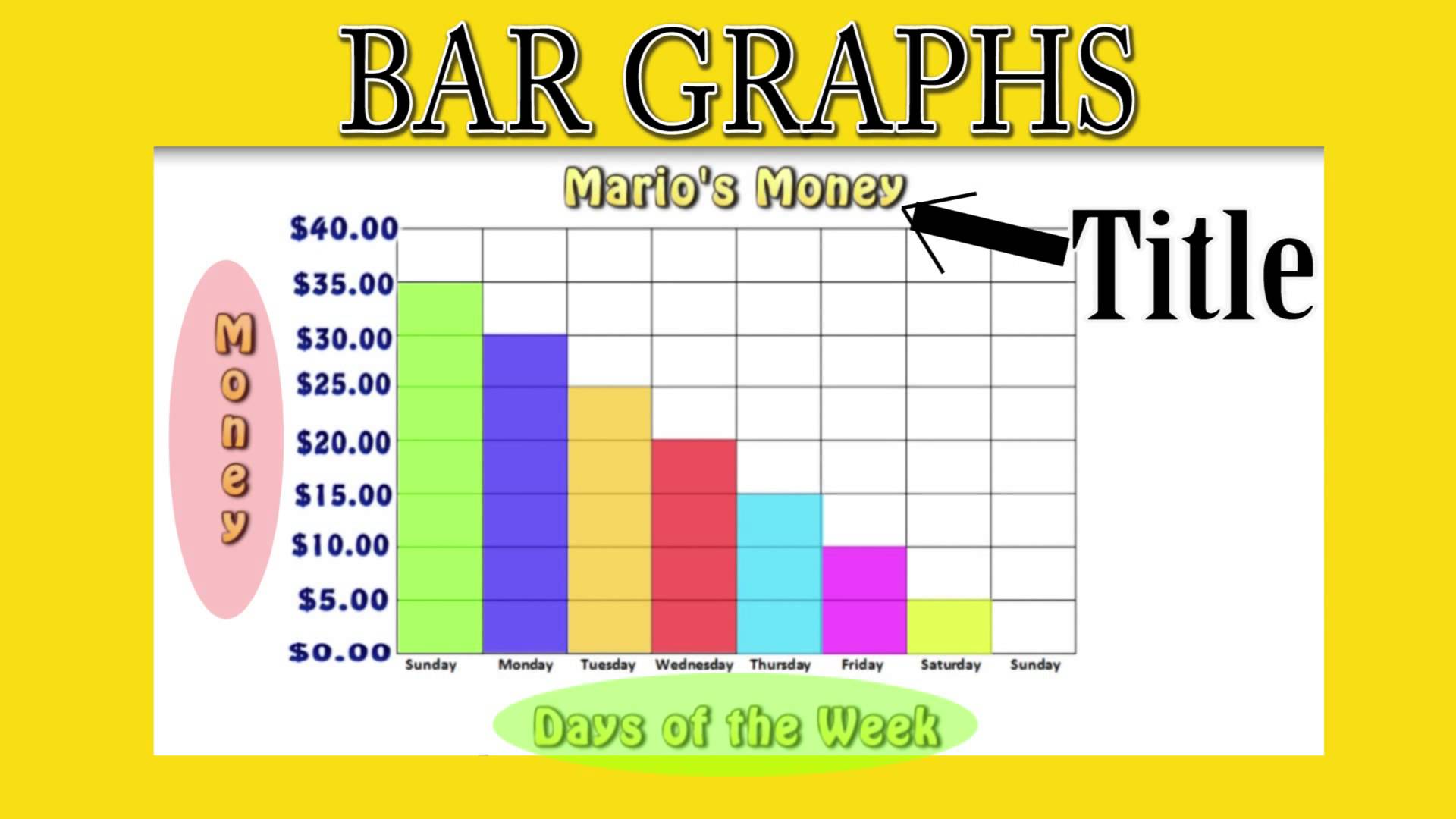Brilliant Tips About Why Is A Bar Graph More Effective How To Add Trendline Google Sheets

In addition, bar charts are an aesthetic element that facilitates and motivates users who wants to read data or information compared to text data or tables.
Why is a bar graph more effective. A bar chart plots the number of times a particular value or category occurs in a data set, with the length of the bar representing the number of observations with that score or in that category. But when you have continuous data (such as a person's height) then use a histogram. Consider transposing a figure to find the easiest way to display the common scale.
They may show percentages or numbers based on the particular data set used. It’s clear that the famous bar chart is highly effective for comparison and ranking, discerning patterns between categorical and ordinal data. Look for differences between categories as a screening method for identifying possible relationships.
There are 4 purple, 5 yellow, 2 green, and 9 red lunch boxes. A bar graph shows data in columns, while a bar chart is a technical analysis tool that displays the open, high, low, and close prices for a particular security during a specific time period. Add gridlines to assist with accurate comparison and estimation;
Bar charts and pie charts are two common ways of representing data, and while they can sometimes be used interchangeably, they don’t make sense for every type of dataset. Bar charts highlight differences between categories or other discrete data. Other graph types show only a single data set or are difficult to read.
Bar graphs are one of the most visually appealing and effective ways to present complex data and explain research findings to your audience. From a bar chart, we can see which groups are highest or most common, and how other groups compare against the. The music store sells trumpets, flutes, and drums.
The length of each bar within the chart represents how large a value is, creating an easy comparison for your audience. Another type of graph that shows relationships between different data sets is the bar graph. This is not a bad thing as the venerable old bar graph is a comfortable, easy way to accurately represent specific quantities with varying bar lengths.
They’re quick to create, show comparisons clearly, and are easy for the audience to understand. In a bar graph, the height of the bar represents the measured value: A bar chart or bar graph is a chart or graph that presents categorical data with rectangular bars with heights or lengths proportional to the values that they represent.
Creating a bar graph for your next presentation , report or research is a breeze with visme’s graph engine. Bar graphs are good when your data is in categories (such as comedy, drama, etc). The 2016 popular vote in the us presidential election provides a simple example of a transposition:
Line graphs, bar graphs, and pie charts are common because they’re the simplest, most effective ways to tell each story type. Bar graphs, also known as column charts, offer advantages because they are easy to understand, are widely used, and can display changes over time. A bar chart is used when you want to show a distribution of data points or perform a comparison of metric values across different subgroups of your data.
They are popular because they allow the reader to recognize patterns or trends far more easily than looking at a table of numerical data. A grey background with white gridlines is often effective. They’re a staple in the data.
